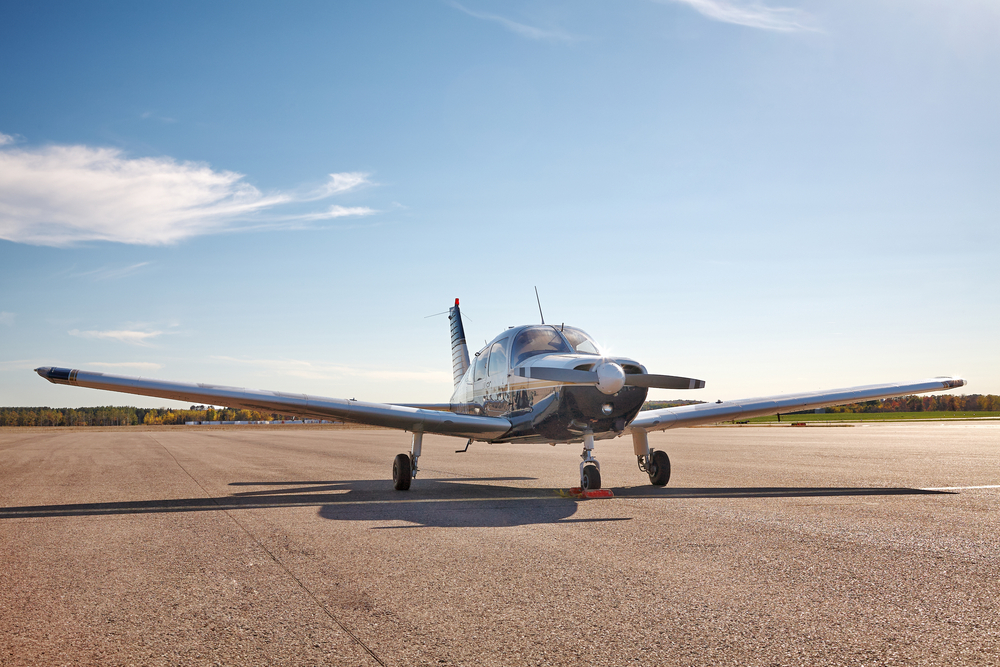Nimitz-Class Aircraft Carrier News
Nimitz-Class Aircraft Carrier News
The Nimitz-class aircraft carrier remains one of the most significant assets in the United States Navy. Since the first ship, USS Nimitz (CVN-68), was commissioned in 1975, this class has played a crucial role in naval operations worldwide. The carriers function as floating airbases, with a flight deck capable of launching and recovering aircraft. They also offer a versatile and mobile base of operations for various military actions. The Nimitz-class carriers are nuclear-powered, providing them with virtually unlimited range and operational endurance.
Specifications and Capabilities
Nimitz-class carriers are around 1,092 feet long. They displace approximately 100,000 tons when fully loaded. These ships can carry up to 90 aircraft, including F/A-18 Hornets and Super Hornets, EA-18G Growlers, E-2C Hawkeyes, and MH-60 Seahawk helicopters. The flight deck is about 4.5 acres in size, providing ample space for air operations.
Each ship is powered by two Westinghouse A4W nuclear reactors. This allows for speeds in excess of 30 knots and a service life of over 20 years before refueling and complex overhaul (RCOH). The design includes four aircraft elevators and four catapults, facilitating quick aircraft deployment.
Armament
- Sea Sparrow Missiles
- Phalanx CIWS (Close-In Weapon System)
- Rolling Airframe Missiles
In addition to the onboard aircraft, these carriers are armed with various defensive systems. The Sea Sparrow Missiles provide surface-to-air capabilities. The Phalanx CIWS offers last-resort defense against incoming missiles and aircraft. The Rolling Airframe Missiles augment the ship’s defensive envelope, providing additional protection.
Deployment and Missions
The Nimitz-class carriers have participated in numerous critical operations. These include the Gulf War, Operation Enduring Freedom, and Operation Iraqi Freedom. Their ability to project power far from the U.S. shores makes them indispensable in both wartime and peacetime missions. The carriers often participate in humanitarian aid missions and disaster relief efforts, showcasing their versatility.
They serve as a cornerstone of U.S. naval strategy. The presence of a Nimitz-class carrier in a region can serve as a significant deterrent to potential adversaries. They offer a rapid response option for crises anywhere globally, supported by a fleet of escort ships.
Modernization Efforts
Efforts to upgrade and modernize the Nimitz-class carriers are ongoing. The Gerald R. Ford-class carriers are set to replace the Nimitz-class eventually. However, significant investments are being made to extend the service life of these stalwart vessels.
- Enhanced radar systems
- Upgraded electronic warfare capabilities
- Improved flight deck operations
Enhanced radar systems are being introduced to improve situational awareness and tracking capabilities. Upgraded electronic warfare systems bolster the ship’s defensive and offensive measures. Innovations in flight deck operations aim to increase sortie rates and improve aircraft handling efficiency.
Recent News Stories
Several recent developments highlight the enduring relevance and capability of the Nimitz-class carriers. These updates reflect ongoing advancements and the continuous role these ships play in modern naval warfare.
USS Nimitz Undergoes RCOH
The USS Nimitz recently entered a Refueling and Complex Overhaul (RCOH). This process will extend its service life for another 25 years. The RCOH involves extensive maintenance, modernization, and refueling of the ship’s nuclear reactors. This upgrade aims to ensure that the carrier remains combat-ready and technologically relevant.
USS Theodore Roosevelt Deploys
The USS Theodore Roosevelt (CVN-71) completed a double-pump deployment. This involved consecutive overseas missions without returning to homeport. The carrier’s crew conducted various operations in the Indo-Pacific and Middle East regions.
USS George H.W. Bush Completes Sea Trials
After undergoing maintenance, the USS George H.W. Bush (CVN-77) successfully completed sea trials. These trials test the ship’s readiness and systems after maintenance. The carrier demonstrated its capability to return to operational status and support forthcoming missions and deployments.
Challenges and Issues
Despite their impressive capabilities, Nimitz-class carriers face various challenges. The aging fleet requires significant maintenance. The RCOH process is costly and time-consuming, typically taking four years to complete per vessel.
Security threats evolve continuously. Advances in missile technology and anti-ship capabilities pose new risks. The Navy must constantly adapt its strategies and technologies to address these emerging threats effectively.
Operational Costs
The operational costs of running a Nimitz-class carrier are high. Annually, a single carrier costs about $1.5 billion to operate. This includes personnel, maintenance, and operational expenses. Despite the high cost, their strategic value justifies this investment.
Manpower Needs
Each carrier requires a crew of around 3,200 sailors for ship operations and an additional 2,480 personnel for the air wing. The need for such a large crew presents recruitment and retention challenges. The Navy continues to work on initiatives to attract and retain skilled personnel.
Future Prospects
The future of the Nimitz-class carriers remains significant. With ongoing modernization efforts and their indomitable presence in naval operations, they will continue to be central to U.S. naval power. The transition to newer classes like the Gerald R. Ford-class will take time. The Nimitz-class will maintain its vital role for years to come.
The lessons learned from operating and maintaining the Nimitz-class will inform the development and operation of future carriers. This class’s legacy will influence the next generations of naval warfare and strategy.
